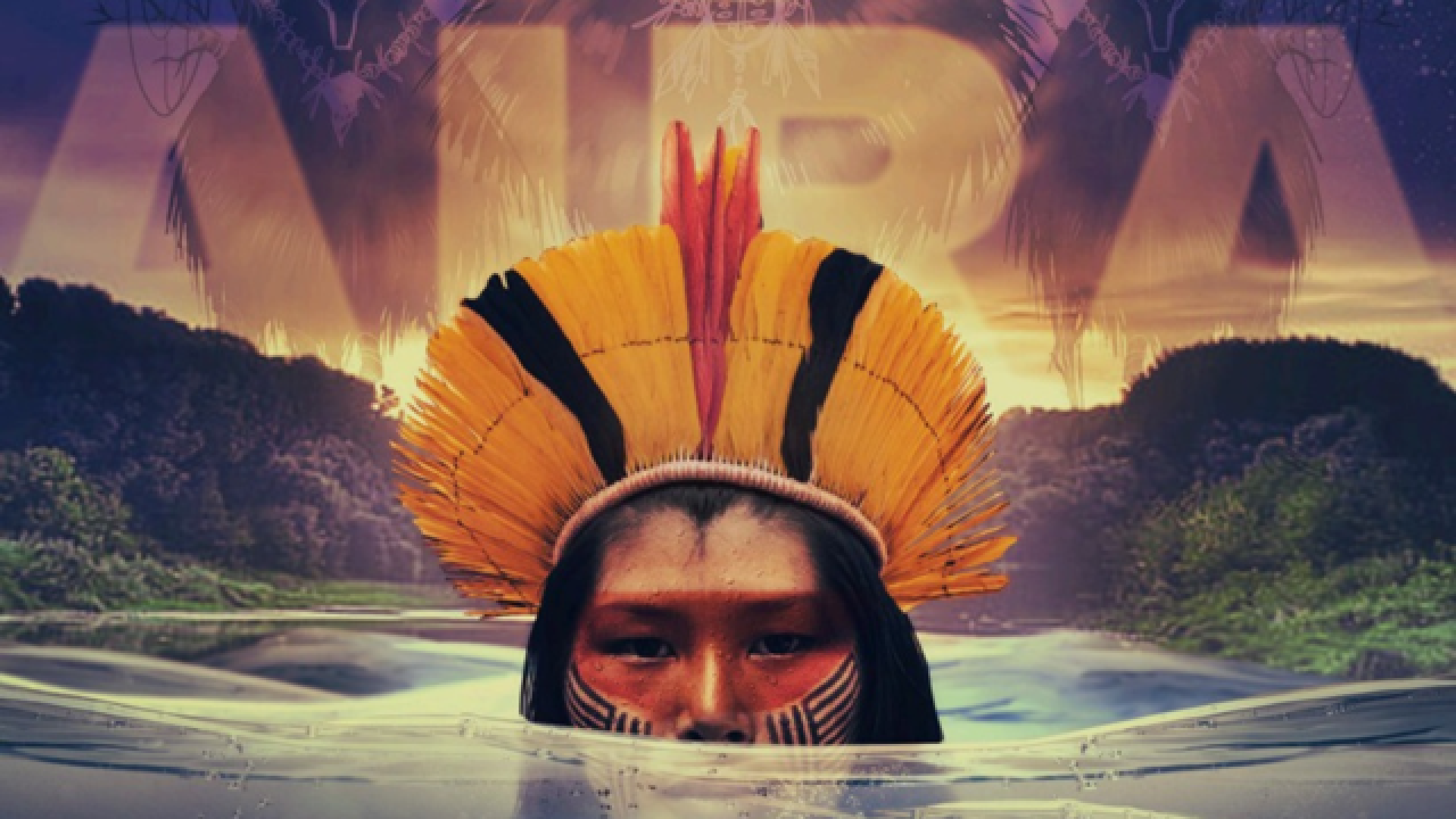Aira follows the journey of a young indigenous girl living in the Wada village, deep in the Amazon rainforest. Surrounded by rivers, lagoons, and mystical creatures, Aira is chosen by the spirits of the jungle to become a Yatamalo, a female shaman. The village is teeming with nature beings, talking trees, walking ecosystems, and animals that dream of their past lives from the Jurassic era.
Aira's grandfather, Aritama, is a powerful shaman who guides her through the challenges of jungle life and shamanic transformation. As she confronts spirits, diseases, storms, and the ghost of her grandmother, Aira discovers her true purpose with the help of the village’s youth, the spirits, and other shamans. Through these trials, Aira uncovers secrets that set her on the path to a new destiny.
Key Crew
Máncel Martínez, Director, screenwriter and producer
Marue Carien Bastos, Producer
Arturo Almanza Cinematographer
Pablo Chasseraux Cinematographer
Juan Quintáns, Production Sound Mixer
Tashi Trieu, Colorist
Álvaro Rodríguez, Actor
Laura Cardoso, Actress
Ary Fontoura, Actor
Unique Selling Points
Cultural Immersion: Aira offers a rare cinematic exploration of the Amazon's indigenous cultures and mythologies. Featuring mystical beings and rarely seen creatures, the film immerses audiences in the spiritual beliefs and traditions of the Amazon’s indigenous communities.
Esteemed Cast:
- Álvaro Rodríguez as Aritama: An award-winning Colombian actor with accolades such as Best Actor at the Macondo Awards and the New York Latin American Film Festival.
- Laura Cardoso as Mayaku Kama: A renowned Brazilian actress, recipient of the Order of Cultural Merit from the Brazilian government.
- Ary Fontoura as Captain Caput: A Brazilian drama legend with several national acting awards, including the Mário Lago Trophy.
Environmental Message: The film showcases the Amazon as a living entity, emphasizing the vital connection between humans and nature, with a focus on preserving biodiversity and indigenous knowledge.
Visually Stunning: Utilizing advanced technologies like motion capture and artificial intelligence, the film creates vivid, immersive experiences of the Amazon's landscape and mystical creatures.
Universal Themes: Aira’s journey of self-discovery touches on identity, tradition, and empowerment, resonating with diverse audiences around the world.
Market Opportunity
Aira targets a global audience increasingly drawn to stories about cultural diversity, indigenous wisdom, and environmental conservation. With strong themes of nature and sustainability, the film has the potential to connect with young audiences, families, and eco-conscious consumers. It also aligns well with the current demand for socially relevant content from global streaming platforms.
With a rich narrative steeped in Amazonian mythology, an environmental message, and a visually captivating experience, Aira is poised to attract a diverse and engaged audience. Through strategic marketing, thoughtful product placement, and a strong distribution plan, the film has the potential for both critical and commercial success. It will spark important conversations around environmental conservation and indigenous culture while offering an immersive adventure for global audiences.
